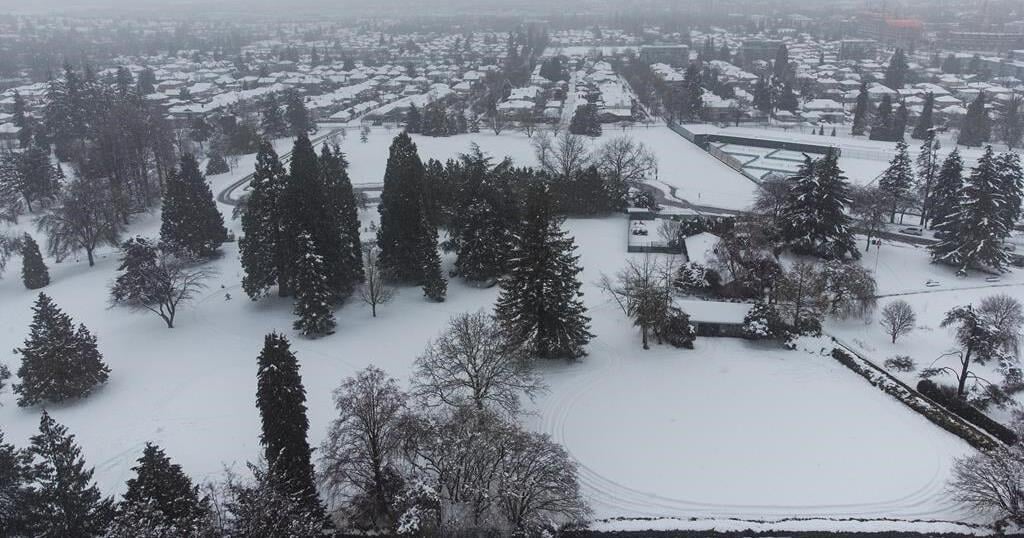WINNIPEG – A long-promised $600-million flood prevention project in Manitoba is now under review, and the provincial government has opened the door to redesigning it with no timeline for starting construction.
The NDP government said it has asked Ottawa to pause a decision on the plan, in order to fully consult First Nations and consider possible alternatives to the design. It would currently have two large outlet channels built to drain water from Lake Manitoba into Lake St. Martin then into Lake Winnipeg.
“The federal government had already expressed significant concerns,” Lisa Naylor, Manitoba’s minister of transportation and infrastructure, said Thursday.
“If the federal government had withdrawn the licence because of the environmental impact, the project would be dead. And so, I don’t want to see that happen.”
The project has been talked about for more than a decade, following severe flooding in 2011 that forced thousands of people from their homes.
The former Progressive Conservative government promised in 2016 to build the project quickly but butted heads for years with federal regulators, who called for more consultation with First Nations that would be affected.
In 2022, a Court of Queen’s Bench judge ruled the government did not consult properly before setting up a right of way on Crown land for preparatory work, such as groundwater monitoring.
A report in June from the federal Impact Assessment Agency said the project’s environmental effects could be addressed, but it would have significant impact on Indigenous land use. The federal environment minister said he would refer the issue to cabinet for a decision.
Seeking a pause on that process will give the province time to address concerns of First Nations communities and Ottawa, Naylor said.
The Tories, now in Opposition, said there was consultation and the project needs to move ahead to prevent another disastrous flood in the region.
“I think there were hundreds and hundreds of consultations that have been done with First Nations,” interim party leader Wayne Ewasko said. Technical documents, including papers translated into Cree and Ojibway, were posted online and shared with community members, he added.
Naylor said the pause will also let the government consider changing the project’s design.
“A number of smaller mitigation projects have taken place over the years that may change what the outcome ultimately needs to look like,” she said.
The province is signing a memorandum of understanding on next steps with the Interlake Reserves Tribal Council, which represents several communities in the region.
Cornell McLean, chief of Lake Manitoba First Nation, said he’s pleased with the government’s commitment because there has been no meaningful consultation to date.
“There has been none, and they say there were text messages, phone calls, faxes. And I said, ‘Well, that’s not consultation,'” McLean said.
“If you want to have true consultation, it’s face-to-face, meaningful consultation.”
This report by The Canadian Press was first published Oct. 17, 2024.



































